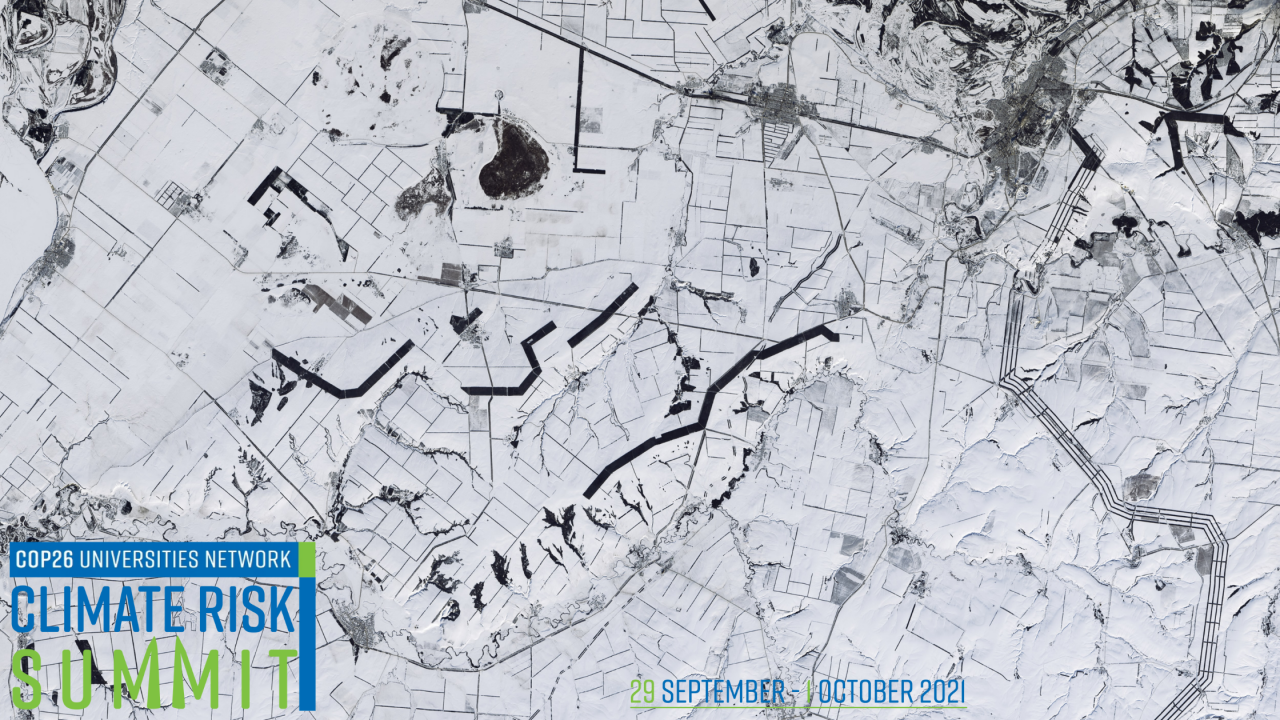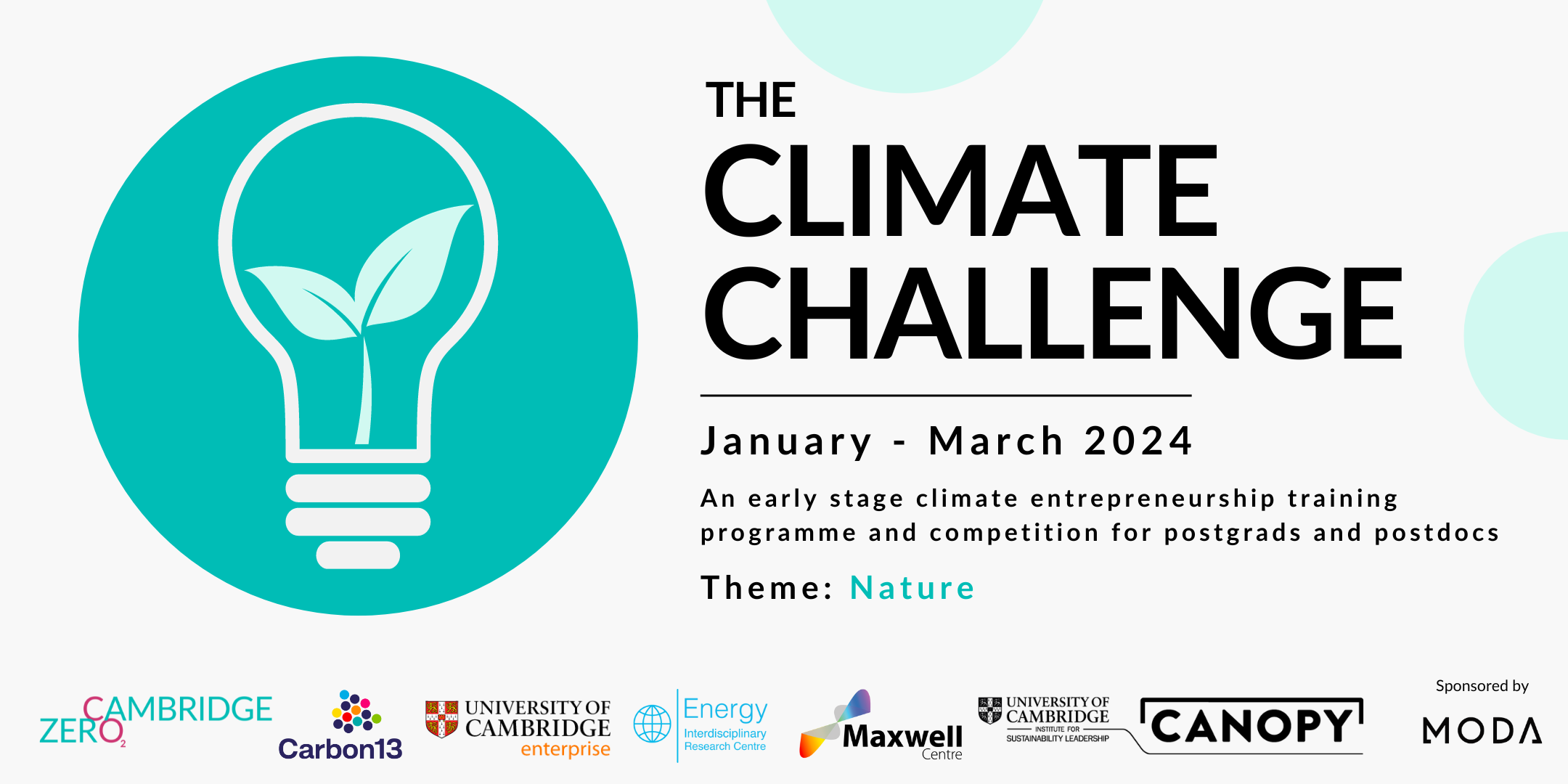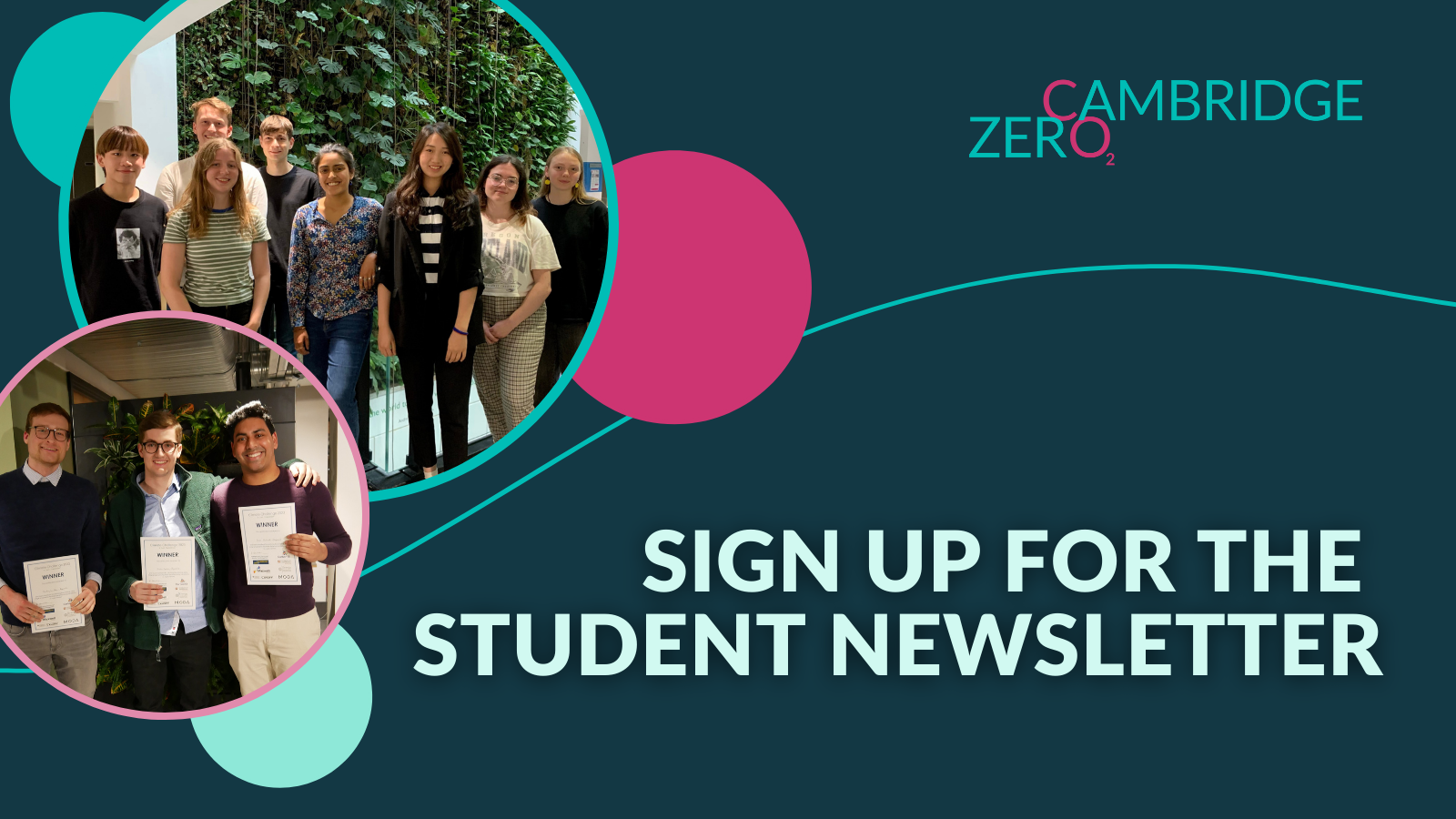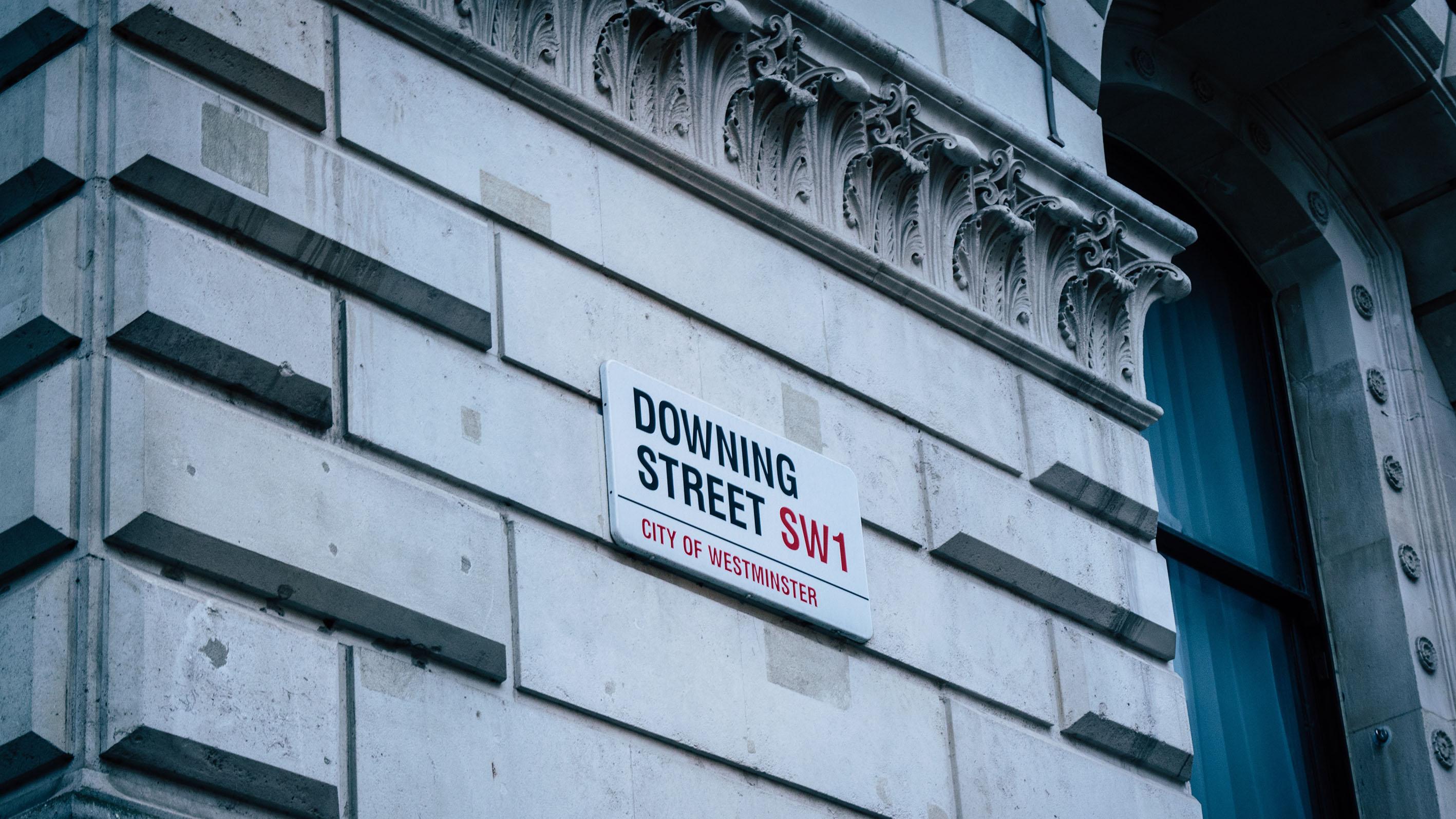AU4DM is a community of researchers and professionals from policy, industry, and academia, seeking to improve decision-making under uncertainty. The core of our work is decision science. At the same time, we have discovered the value of sparkling interdisciplinary collaboration across the social sciences and arts and humanities. On 1 October 2021, AU4DM teamed up with Climate Action Unit to host a special workshop on Communicating Climate Risk, supported by Cambridge Zero and the COP26 Universities network.
Communication? Why communication? Surely climate scientists are already crystal clear. We need to cut emissions rapidly, and we need to safely store more carbon. We need to do this while shoring up against floods, droughts, heatwaves, wildfires, and many more impacts. These impacts are happening already, and will get worse.
But zoom into the ‘how,’ and communication becomes a big issue.
How do you show someone the path of a hurricane that might flatten their home — or might not even stir the laundry on the line? How do you give a human face to such remote abstractions as model uncertainty, cascade risks, tipping points? How exactly do you decide where to build your flood defences? Or for that matter, where to place any resource, since climate change is leaving no policy area untouched? How do diverse experts and diverse policymakers learn from one another, when everyone is speaking a different language, figuratively or literally?
‘Communication’ is often where climate politics are revealed. Communication is about who speaks, about who listens, about whose knowledge is valued, and who gets to decide what to do. These aren’t just questions of clarity — they’re also questions of justice.
Last Friday, AU4DM team members Martine Barons and Mark Workman used the concept of the decision value chain to explore community expertise and drive home the need for holistic, participatory approaches. Polina Levontin and Jo Walton’s session focused on climate visuals, including data visualisation for decision support, and the use of photographs. Here are their key take-homes.
It was also a delight to work with the team from Climate Action Unit: Freya Roberts, Kris De Meyer, and Lucy Hubble-Rose (and visiting lecturer Ginger the Dog). CAU busted some myths, shared some secrets, and sent us home with a fabulous virtual ‘goody bag’ of climate risk communication resources. It is bursting with practical tips and illuminating metaphors.
A good chunk of the day was devoted to next steps. We want to build on work to date by co-producing a Climate Risk Communications Toolkit, for scientists, policymakers, consultants, engineers, journalists, educators, influencers, activists, and other stakeholders. And we want your help. What tools and resources are already out there that support climate risk communication? And what’s not out there — what are the biggest challenges you’d like help addressing? We welcome your thoughts.
One final thought. Currently, even superb climate communication takes place in the context of a broader culture that subtly undermines it: by sidelining climate issues and portraying economy, society, energy, housing, agriculture, and work and play just exactly as they are. But one thing about the future is certain. It won’t look like the present.
The challenges remain stark. Some days they feel overwhelming. Some days, they don’t.




